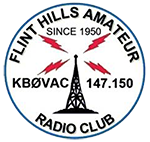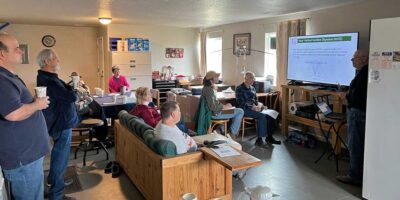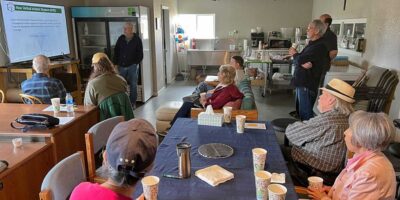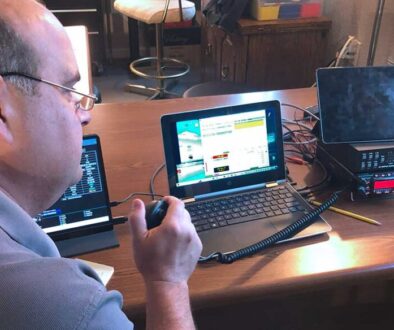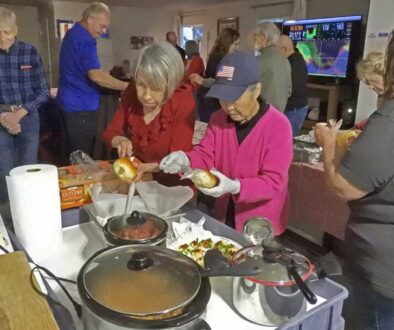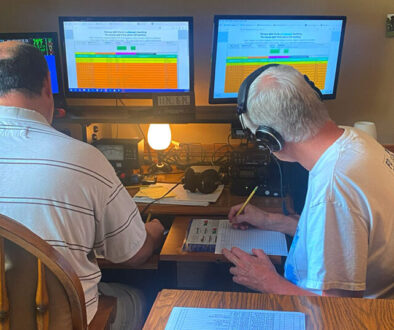Exploring NVIS Antennas
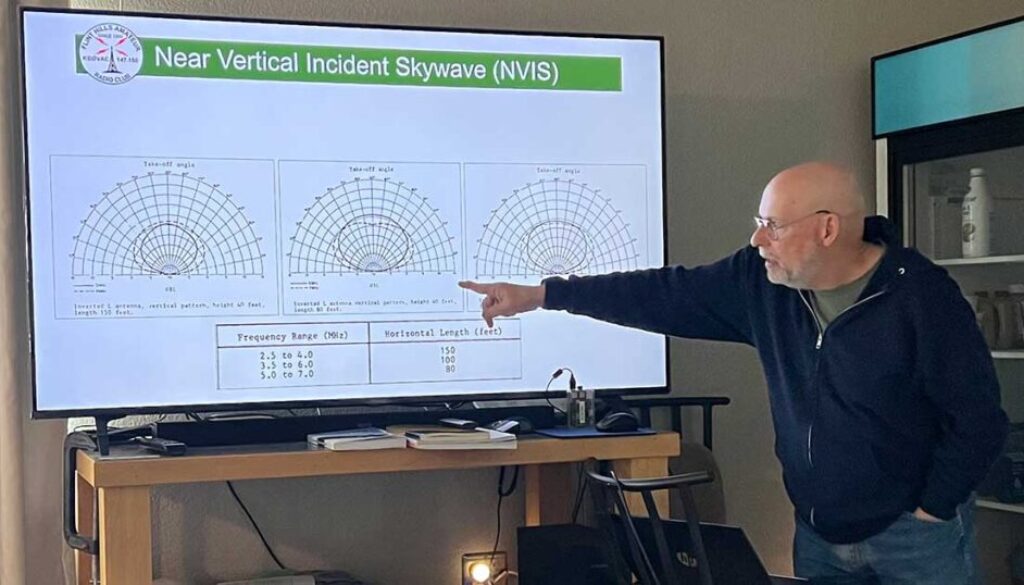
We had a nice turnout on March 22nd of 11 FHARC Members for a great presentation by Bern (KC4CRH) about NVIS antennas. Ted and Consuello’s grandson Lane was in town and joined us for breakfast. A Big Thank You to Shin-Ae (KCØNOI) for making burritos and tea. She works hard for us.
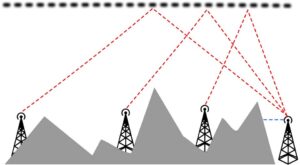 An NVIS (Near Vertical Incidence Skywave) antenna is a type of radio antenna designed for short to medium-range communication, typically within 0–650 km (0–400 miles). It works by directing radio waves almost vertically into the ionosphere, where they are refracted back down to Earth. This allows communication over obstacles like mountains or dense forests, making it especially useful in areas where line-of-sight communication is ineffective. NVIS antennas are commonly used in military, emergency, and amateur radio communications.
An NVIS (Near Vertical Incidence Skywave) antenna is a type of radio antenna designed for short to medium-range communication, typically within 0–650 km (0–400 miles). It works by directing radio waves almost vertically into the ionosphere, where they are refracted back down to Earth. This allows communication over obstacles like mountains or dense forests, making it especially useful in areas where line-of-sight communication is ineffective. NVIS antennas are commonly used in military, emergency, and amateur radio communications.
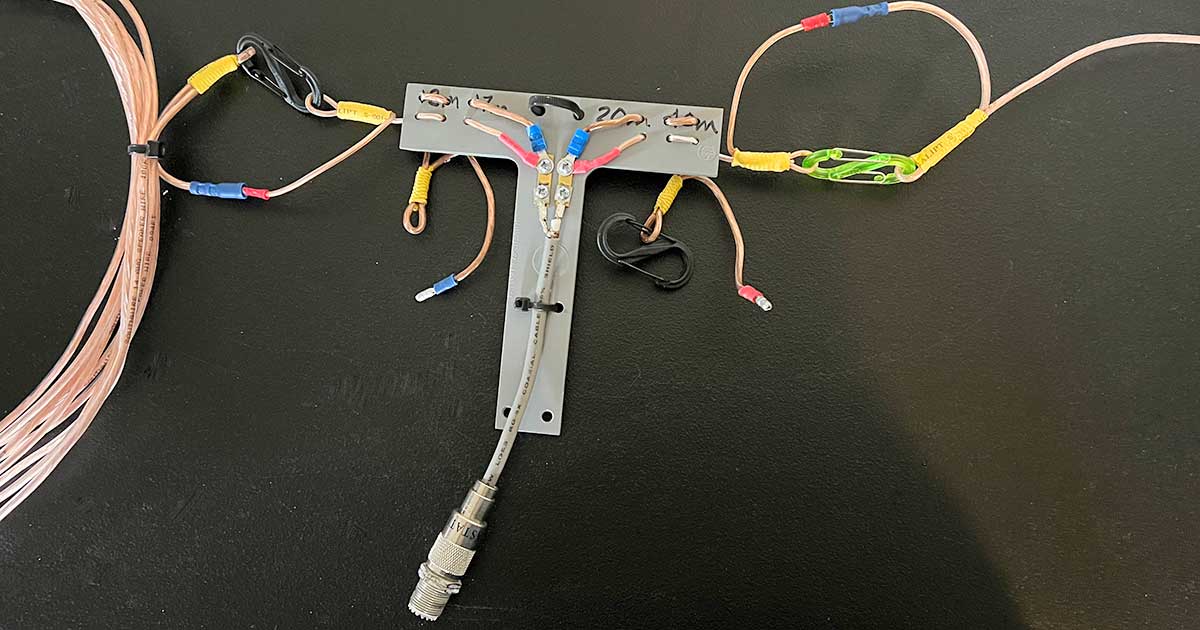
A couple different antennas were discussed. We even discussed a dipole being an NVIS depending on how erected. The design often involves low-mounted horizontal dipoles or inverted-V antennas to achieve the desired high-angle radiation pattern. There were lots of questions and discussions.
Thank you Wayne (KDØWAT) for providing the photographs of the meeting.
NVIS antennas operate best on frequencies between 1.8 MHz and 8 MHz, depending on ionospheric conditions. This and many other diagrams helped explain the theory behind an NVIS antenna.
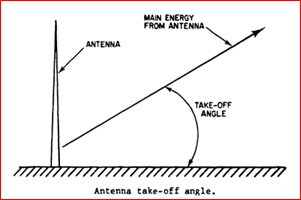
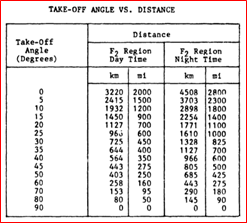
Barb (KDØWAU) mentioned the North Texas NVIS net on VaraC every Tuesday at 8:30. The North Texas NVIS group is on the group.io (https://groups.io/g/North-Texas-NVIS-Net) and has a goal to maintain a reference library of tested NVIS information and operations, using both sideband and digital modes. The full list of reference links is stored on their Wiki and Files page of the home page. You have to login to your group.io and then subscribe. They host on-air nets to test your NVIS antennas coverage. They also have nets on the 1st Sunday and the 3rd Saturday of the month at 1400 CT, on 7.242 MHz. There is White Paper Community Disaster Messaging (CDM) on the group.io site. The paper is for any club or organization to use as a guideline for NVIS connections.
